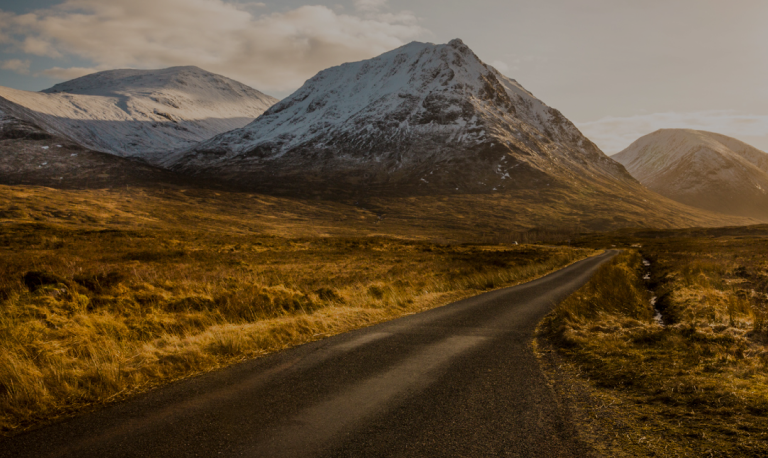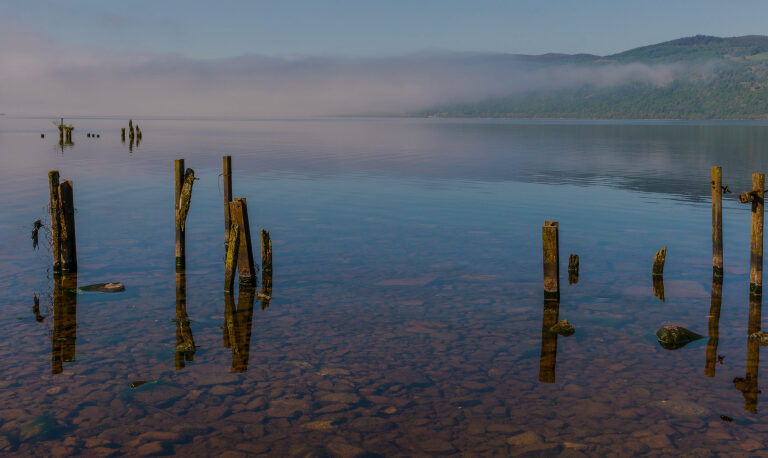The Secrets of Scotland’s Cateran Trail
The Cateran Trail combines the picturesque landscapes of Perthshire and Angus with sites of great historical significance to give an insight into the tumultuous past of this beautiful part of the Scottish Highlands.
View this post on Instagram
Who were the Caterans?
The first thing that occurred to me when I heard of the Cateran Trail was the name – what is a Cateran? Why is this trail named after them?
Caterans were marauding cattle thieves who flourished in the more lawless regions of the Highlands from the Middle Ages until the 17th-century. More feared than wolves, Cateran raiding parties numbered anything from 5 to 500 fierce warriors.
Favouring dark nights, and often remarkably well informed about their targets, they would descend on richer neighbours when they were off guard. Weddings and other festivities often provided an opportunity for a raid, and many revellers would sober up to find their folds empty and their cattle gone.
The Caterans raided far and wide but the rich farmlands of Glen Isla and Strathardle were particularly ‘favoured’. By custom, they would return by a different way from which they came, using ancient drove roads through remote glens.
On the Banks of the River Ericht
The Cateran Trail offers 64 miles of scenic valleys, forests and farmland – winding its way through the heart of Scotland.
Unlike many other popular Scottish walking trails, this route is circular, meaning it starts and ends in the same place. There is something quite satisfying about finishing a long walk in the place you set off, and what better place to do so than Blairgowrie!
Set on the banks of the River Ericht in eastern Perthshire, the town was once famous for growing flax (there are old mills by the river which are a reminder of this), and more recently for its delicious raspberries.
View this post on Instagram
From Blairgowrie, the Cateran Trail meanders its way along the river then over low moorland to Bridge of Cally. As the longest part of the trail, this walk takes you past reminders of the turbulent history of the area such as Cargill’s Leap, where Covenanter Donald Cargill leapt across the river while pursued by dragoons, and Strathardle, a peaceful glen which was once the site of many Cateran cattle raids.
These tranquil landscapes provide a stark contrast to the fights and raids which once took place in the area.
Nestled further down the glen is the small village of Kirkmichael, which is the best place to stop for the first night on the trail. There are a small number of hotels and B&Bs, plus a local shop which is great for picking up supplies.
Into the Hills
The next part of the Cateran Trail guides you through forests and high moorland, crossing fields of vibrant purple heather, which is best seen in the late summer months. With a stunning backdrop of the surrounding mountains greeting you upon arrival at the Spittal of Glenshee, this 9-mile section of the walk is highly rewarding.
The Spittal of Glenshee Hotel marks the most northerly point of the trail, however, after being all but destroyed by a fire in 2014 it has not yet reopened.
Walking in a Fairytale
The walk to Kirkton of Glenisla is gentler than the previous sections of the trail, winding its way down the east side of Glenshee, past lush farmland, castles and lochs. Built in the Victorian era, Dalnaglar Castle was originally a hunting lodge, however today this 200-acre estate would not look out of place in a fairytale.
The trail passes right through the estate, so be sure to keep an eye out for squirrels and deer grazing in the castle grounds.
View this post on Instagram
Another highlight of this section of the route is Auchintaple Loch, a small, tranquil freshwater loch hidden amongst larch and pine trees. This would be the perfect place for a dip in the warmer months!
The village of Kirkton of Glenisla is an ancient farming community that offers a range of historical sites to discover, from Neolithic settlements to glimpses into life in the middle ages.
Journey Back in Time
This penultimate part of the route may be a welcome return to civilisation after several days in the wilderness! The walk itself is pretty straightforward, with panoramic views from the moorland south of Kirkton of Glenisla.
Alyth is the second biggest settlement on the trail, after Blairgowrie. However, in the 18th century, its population exceeded that of Blairgowrie. For many centuries, it was a prominent trading post and river crossing, connecting highland farmers and their sheep and cattle to lowland markets.
The stone Packhorse Bridge in the town centre was built in the 16th century and is a reminder of this piece of history.
View this post on Instagram
Old mills are a remnant of the period of industrialisation in Alyth that began in the 19th century. With the arrival of the railway in 1861, the textile industry boomed, with over 350 people employed in the mills in the town.
It is definitely worth visiting Alyth Museum, if you have time, to learn more about its rich history.
Completing the Circuit
The final part of the Cateran Trail consists of an 8-mile walk to Bridge of Cally, followed by the same section of the trail as at the beginning back to Blairgowrie.
However, there is another route, which, although it shortens the final day of walking, provides a new section of trail rather than a repetition of the first section. This is often called the ‘Drimmie Woods alternative’, and goes via Den of Alyth – a 22-hectare expanse of beautiful woodland.
As the Caterans would “return by a different way from which they came”, taking this route definitely seems appropriate.
View this post on Instagram
Discover the Cateran Trail
The Cateran Trail is certainly less talked-about than famous routes such as the West Highland Way and the Great Glen Way, however, this certainly brings its own benefits.
The trail is made all the more special by its peacefulness and solitude, the stunning views of Scottish landscapes and the opportunities to immerse yourself in their history, without having to share them with anyone else!
Zoe Kirkbride
P.S. Why not see for yourself? Absolute Escapes offer the Cateran Trail as a self-guided walking holiday of either 5 or 6 days, including carefully-selected accommodation, bag transfers, and a guidebook/map. Send us an enquiry today – we would love to help you plan an escape on the Cateran Trail!


